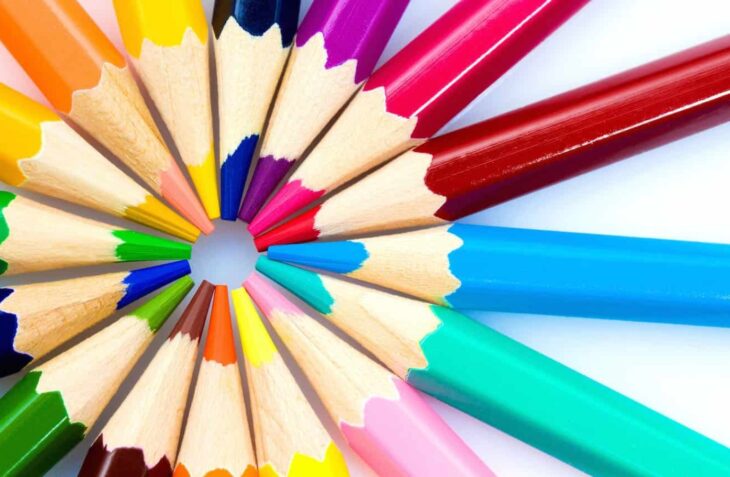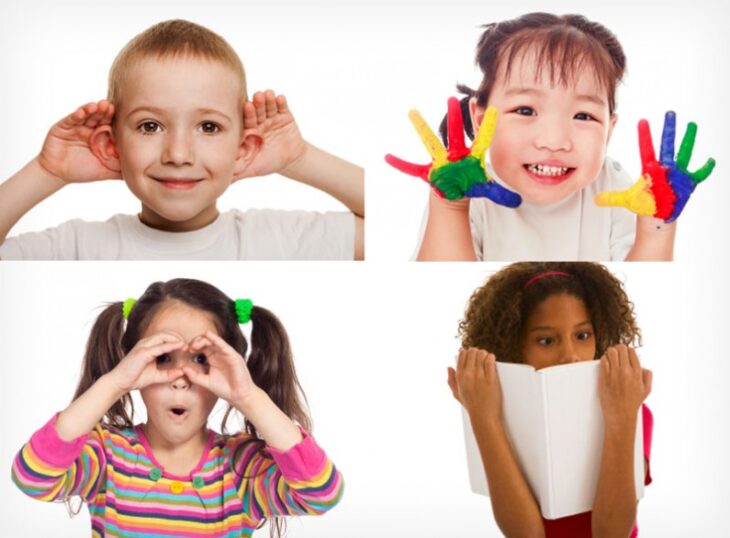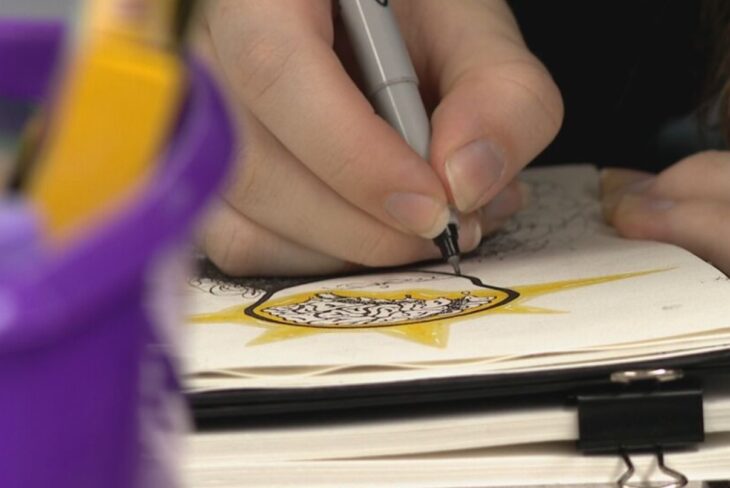The human brain has an outstanding ability to remember anything that has been captured visually for longer than whatever is received through hearing. In the same case, teachers use materials that are visually appealing to students to carry out demonstrations during learning. The skills and knowledge imparting using this method tend to stay longer in the memory of students, meaning that visual is an important and effective process.
Teachers use visual learning to aid students in remembering what is learned in the class. The children taught using colorful visuals are enabled to achieve learning objectives. Therefore, this article discusses the benefits of using colorful visuals to educate your children. Read more at nofusstutors.com

Source: DIY Candy
Contents
It Is an Effective Learning Tool
Colorful visuals are an excellent learning tool with a significant impact on the children’s brain as they help them remember whatever is learned for a long time. Visual learning also helps children better understand concepts because their brains can capture images faster compared to text material. Hence, children can easily conduct self-study using colorful visuals without being constantly supervised by the teacher. This, in turn, helps improve their mental capacity to absorb knowledge and learn new skills faster, which enables them to improve their academic grades.
Colorful Visuals Simply the Learning Process
Through colorful visuals, children can easily interact with their teachers, which in turn simplifies their learning experience since they can understand the complex topics that are presented in simple forms. The colorful visuals help break down various complex topics, allowing the children to quickly understand and remember them for long. This is especially possible if the teacher can use colorful visuals such as images, graphs and charts that are drawn in simple and comprehensive ways to help the children understand the concepts therein.

Source: Search Engine Journal
Colorful Visuals Stimulate Emotions
Memories are created from the interaction between images and emotions. The use of colorful visuals stimulates emotions in children during learning, resulting in long-staying memories.
Visual Learning Increases Retention Power
Closely related to memory, the use of colorful visuals in children learning helps their brain to store the acquired information longer than text reading. Visual learning helps increase the information retention capacity by nearly 42% since colorful visuals are said to be processed by the learner’s long-term memory. Therefore, the children’s brains are nurtured to absorb and process information received visually, which helps improve their learning process. For instance, studies reveal that children can remember all learning concepts presented in the form of colorful visuals, graphics and images for longer. As a result, they perform in their exams highly in these subjects than those who mainly employ text reading. This is proof that their brains can store the concepts presented in the visual form longer, helping them improve their learning standards.

Source: Fitzroy North Eye Centre
Enhances Accessibility
The concentration span of many learners today is only 8 seconds, after which their attention switches to something else that is more captivating. In some cases, children will fall asleep in the middle of a learning session if the teacher presents concepts in text reading mode. For this reason, teachers need to incorporate colorful visuals when teaching children to capture and maintain their attention all through the lesson. Apart from engaging the children through questions and exciting stories, teachers can display colorful images, charts and graphs related to the concepts of study to make the children develop an interest in the learning process. As a result, the children can pay attention for longer, absorbing information and participating in the learning session, which improves their outcomes. Furthermore, the children will develop a liking of both the subject and the teacher.
Visual Learning Is Cost-Effective
The technological developments in today’s world have simplified and reduced the costs of accessing information in almost all areas of life, including education. Visual has been made very affordable and only requires an internet connection, as well as a tablet, laptop or computer. As a result, teachers and students do not incur costs to buy books or other related learning materials. With the internet connection, teachers and students can browse and access the information needed, including the relevant colorful visuals. These visuals from the internet help the children quickly understand the concepts, and they can remember them for longer. In many cases, children have their laptops and computers, which further cuts down the expenses incurred in the learning process.

Source: NumberWorks’nWords
Visual Learning Is Fun and Simple
Students will admit that the learning sessions involving only lectures and text reading are monotonous and boring. On the other hand, visual learning is more engaging, making the children participate and concentrate more than text reading. Moreover, the learning process using colorful visuals is much simplified and easier, especially when accompanied by video presentations. In such a fun learning atmosphere, the children freely interact with their teachers and engage with the learning materials positively, and the results of these interactions are reflected in their overall improved performance.
Visual Learning Motivates Students
Children are motivated in the whole learning process when it involves the use of colorful visuals. This is because they develop an interest in those subjects and participate in various ways. Teachers are also motivated when the children show interest in the subjects they are teaching and eliminates the constant need to check on the students that seem to be left behind. As a result, such motivated children tend to perform better in these subjects.
There are several strategies essential for a successful visual learning process for students. These strategies need to be integrated into the learning process to help children retain the acquired information for longer. They include:
- The use of colour codes in writing notes helps the children retain the information for a longer time.
- The children can read diagrams, images, maps and pictures to develop their memory.
- They should prepare their notes using pens with different colours to enhance the easy identification of topics.
- Children should be assisted in highlighting headings, points and subheadings as a way of organizing their notes.
- Informative videos should be incorporated into the learning process to help the children understand concepts.
- Children should be assisted in organizing relevant information in graphs, tables and charts, using excel sheets.
- Certain topics should be demonstrated to help the children improve their learning outcomes.
- Children can draw various mind maps based on the topics that need to be remembered.
- Use images and pictures to enhance the understanding of complex topics.
- Prepare various flashcards carrying colorful visuals to aid in concept understanding.
- Employ the use of colorful sketches in the case of complex subjects, such as mathematics, for easy understanding.

Source: WLOS
Closing Thoughts
The use of colorful visuals is an effective way of helping children capture and retain concepts for longer periods. The skills and knowledge imparting using this method tend to stay longer in the memory of students, meaning that visual is an important and effective process. Visual learning is used by teachers to aid students in remembering what is learned in the class. This is because the children taught using colorful visuals are enabled to achieve learning objectives. With the current developments in technology, visual learning has become the best option because it is cost-effective, and children and teachers do not need to incur the costs of buying learning materials.
